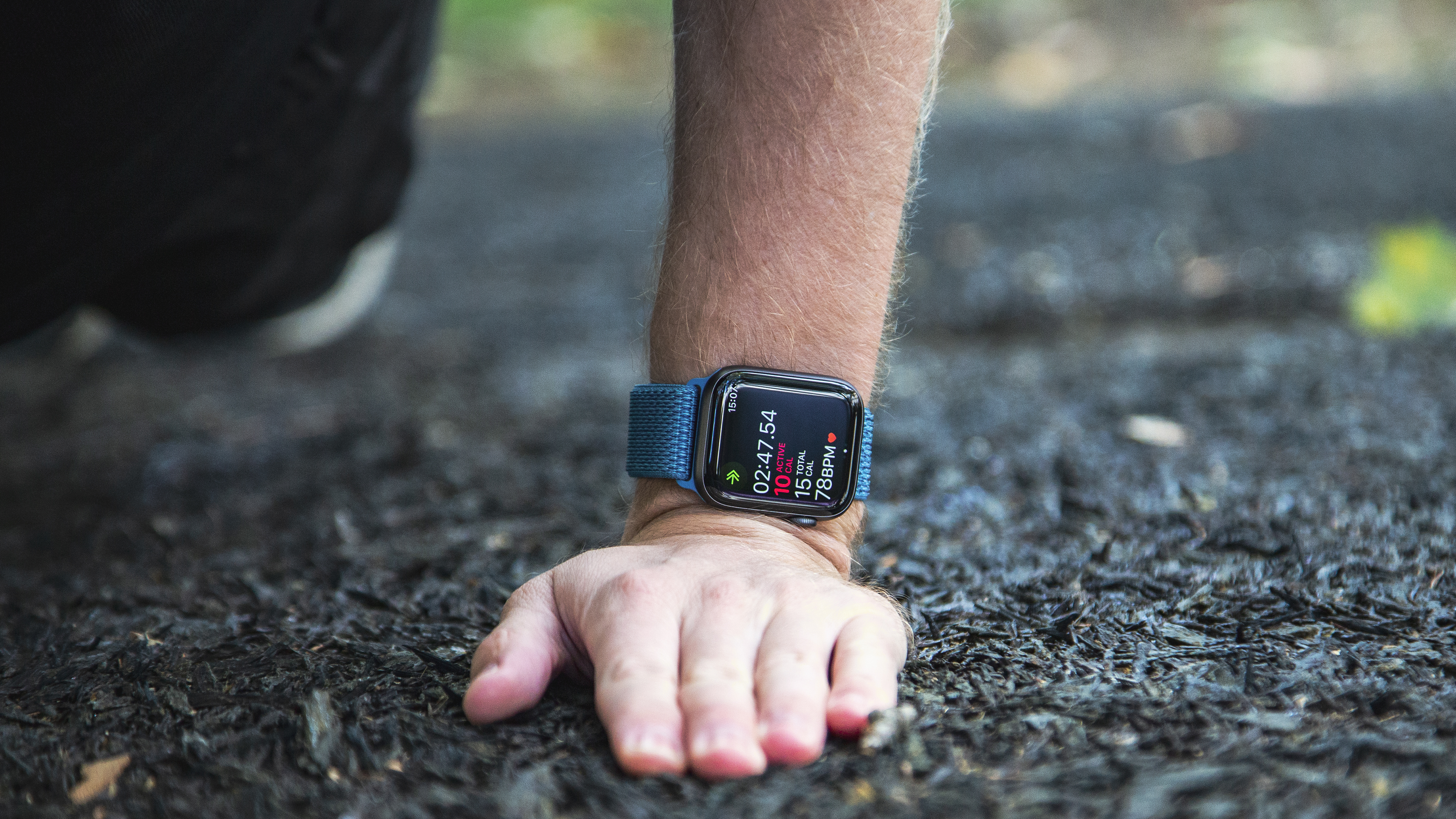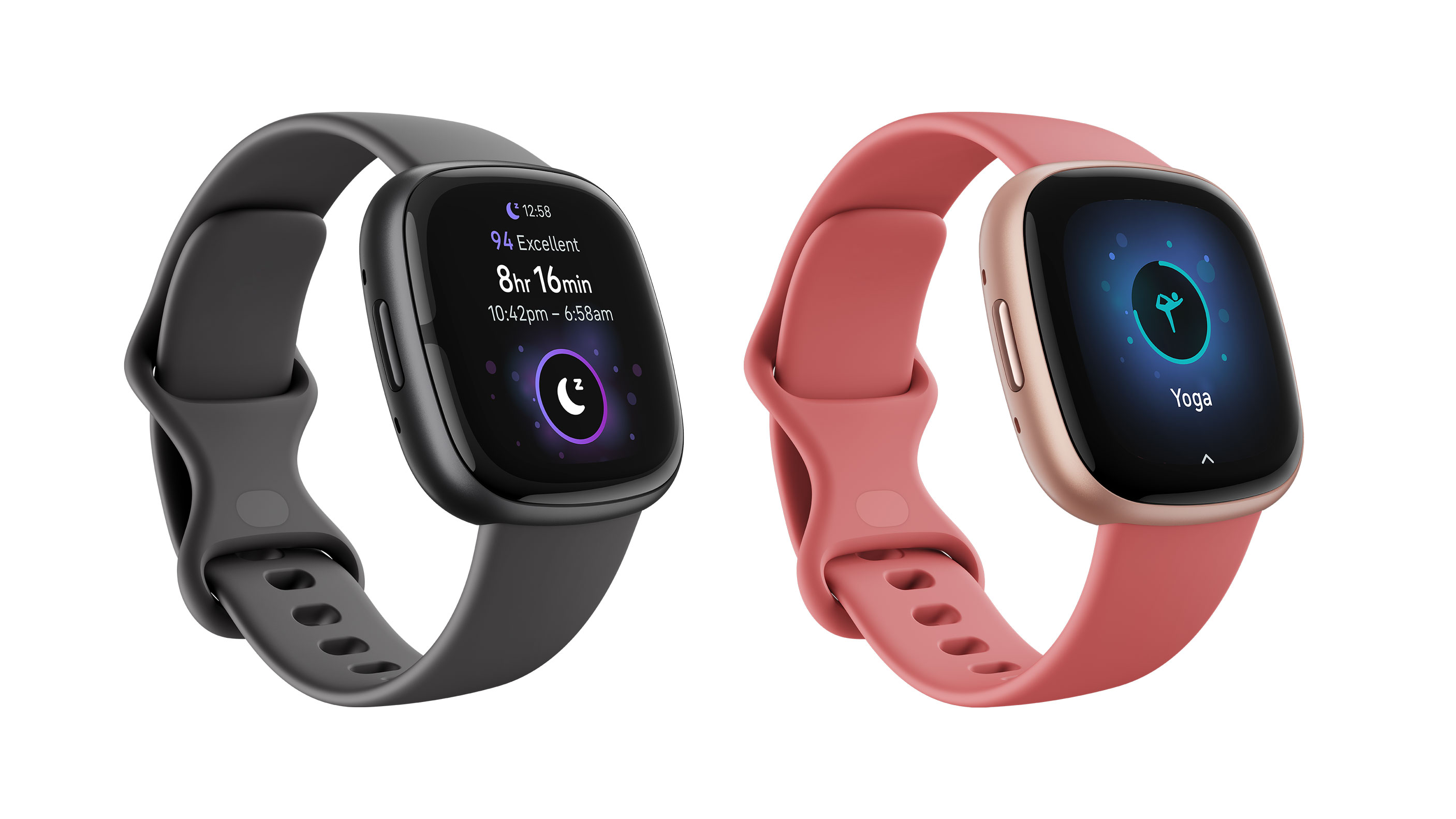A fitness expert thinks only elite runners will use the new Apple Watch running features
Sorry, Apple, we're not all pro athletes

I'm a runner and love to see how well I've performed after I've been out for a jog, but some smartwatches have data that most runners won't even use - including Apple's new watch.
If you use one of the best smartwatches for running, you'll probably have looked at your data afterwards and even used it to improve your performance - especially if you're training for a particular running race.
However, the latest version of the Apple Watch Ultra and the newest Apple WatchOS 9 software update has revealed some interesting new running metrics - but they're features that most of us won't even understand. A fitness expert has also confirmed that, unless you're an elite runner, you probably won't need their features such as vertical oscillation and running power.
So, what do these two measurements mean and do we really need them? Vertical oscillation, according to sports therapist at Core Clinics Jack Hinks, means how much your upper body bounces up and down with each step. The running power metric can also be useful for professional athletes, as Hinks explains it measures the power (in watts) you’re generating with each step.
When I'm running I mainly track my pace, heart rate, and sometimes cadence - but I'd never even think about analyzing my vertical oscillation and running power, and I'm not even sure if I'd know where to begin or how they would help me improve my running experience.
Hinks explains that "If your VO is too high, you’re wasting energy in moving up and down rather than powering forward, which can also slow your pace." However, he also goes on to say: "Unless you’re an elite runner or aspiring to be, it’s probably not worth monitoring your vertical oscillation."
Running power, for most runners, unless you're a professional athlete, isn't important either, says Hinks, and you can get the same stats from other features: "For elite runners, measuring power output rather than running to pace may be beneficial, but other than that I would say running to heart rate is every bit as effective. "
Get daily insight, inspiration and deals in your inbox
Sign up for breaking news, reviews, opinion, top tech deals, and more.

So, what running metrics are important?
"Trackers and smart watches work because they take the hassle out of remembering to record our running and measure biometric data that we can’t record ourselves or would need less convenient kit to measure," explains Hinks.
"They’re also good at helping us visualize our progress which is important both for motivation and for helping us plan our future training to achieve our goals. "
I use a FitBit Versa to track my regular 5 and 10K runs - and while I'm running I mainly rely on two of the watch's metrics. My running pace is useful to track my performance and highlight if I'm running at the right speed to stay on track with my PB.
Hinks believes, too, that pace is an important metric to measure - and if you’re racing or running competitively, or just competing against your previous best "you need to be pacing yourself based on the duration and type of run you’re doing. You don’t want to go too fast early on and run out of energy too soon or be under paced and find you have too much ground to make up."
After pace, I always check my heart rate to make sure I'm pushing myself outside of my comfort zone. "As your fitness improves your resting heart rate will tend to reduce. Combining your resting heart rate with your maximum heart rate enables your tracker to work out your optimal heart rate training zones to reach your goals," explains Hinks.
With the best Fitbits, including my Fitbit Versa, you can also get more detailed statistics on the app, including calories burned, distance per lap, and elevation. If I was a more elite runner maybe I'd want more detailed statistics, but most smartwatches don't need them - and I'll guess that most Apple Watch users don't look at their vertical oscillation and running power on a regular basis either.
Sarah is a freelance writer - writing across titles including Woman&Home, Fit&Well, TechRadar, the Independent and the BBC. She covers a variety of subjects, including trends in beauty, business and wellness - but her biggest passions are travel and fitness. She can normally be found trying out the latest fitness class or on a plane to an exotic destination. While she loves to combine the two - signing up to do hiking holidays in LA, intense boot camps in Bali - last year she went on her dream activity holiday: paddleboarding around deserted islands in Croatia.
